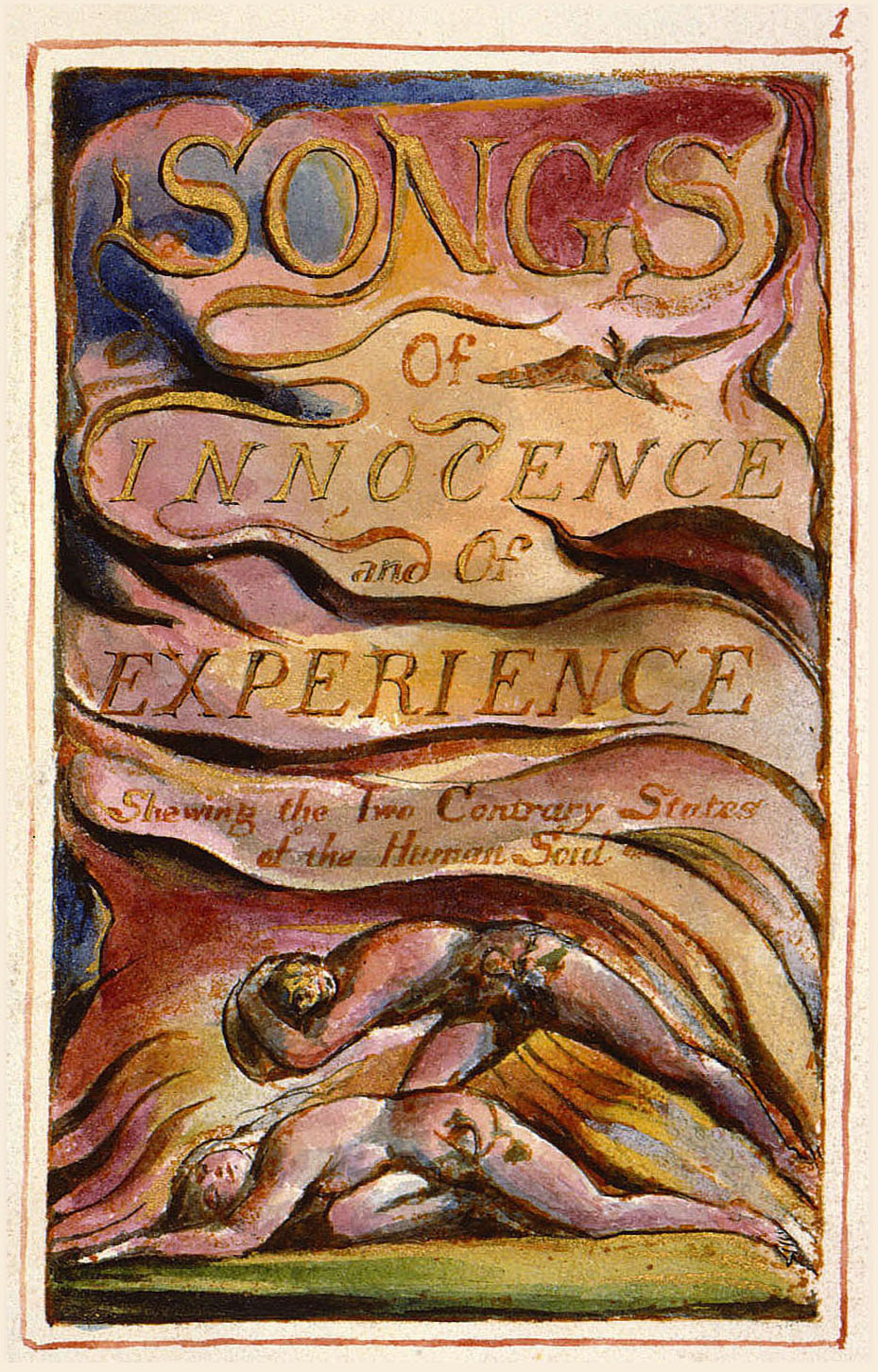Week 1.2 Winter
William Blake: Overview
Life Duration: 1757-1827
Background: Son of a London tradesman.
Education: Only formal education was in drawing at the Royal Academy of Arts.
Career Path:
Apprenticed to an engraver at age 17 and began writing poetry.
Enjoyed moderate prosperity as a drawing teacher and illustrator.
Unique Contribution: Developed a method of "illuminated printing" in 1788.
An illuminated manuscript is done by hand that has both words and images, often featuring elaborate designs and gold or silver leaf, which adds a luxurious quality to the text.
Legal Issues: Falsely accused and acquitted of sedition in 1803, a serious charge at the time.
bar fight with a soldier in 1805 led to a public scandal that tarnished his reputation, although he later managed to regain his standing in the community.
Illuminated Printing
Definition: A printing technique developed by Blake.
Process:
Text and illustrations are written directly onto a copper plate in reverse using acid-resistant medium.
Plates are etched in an acid bath to leave the design in relief.
The plate is hand-inked and pressed to transfer the design onto paper.
Images are hand-painted in watercolors, then the pages are stitched into a book.
Songs of Innocence and of Experience (1789, 1794)
Origin: "Songs of Innocence" was etched in 1789; combined with additional poems under the title "Songs of Innocence and of Experience" in 1794.
Structure:
Total: 19 poems in "Songs of Innocence"; 28 poems in "Songs of Experience."
Variability: Reprinted and bound many times with different poem arrangements, all hand-watercolored, primarily by Blake's wife.
Themes:
Both collections depict a fallen world characterized by injustice, evil, and suffering.
Songs of Innocence:
Viewed through the lens of an innocent child.
Uses simple, pastoral language.
Songs of Experience:
Presents a more cynical perspective from an experienced adult.
Reflects a jaded view of the same subjects.
Poetic Interaction:
Poems stand independently; however, some poems in one section have corresponding pieces in the other section.


Key Poems
Songs of Innocence:
"Introduction"
"The Ecchoing Green"
"The Lamb"
"The Chimney Sweeper"
"The Divine Image"
"Holy Thursday"
"Nurse’s Song"
"Infant Joy"
Songs of Experience:
"Introduction"
"The Garden of Love"
"The Tyger"
"The Chimney Sweeper"
"A Divine Image"
"Holy Thursday"
"Nurse’s Song"
"Infant Sorrow"
Relevant Poetic Comparisons
"The Lamb" (1789) vs "The Tyger" (1794)
"The Chimney Sweeper" (1789) vs "The Chimney Sweeper" (1794)
"Infant Joy" (1789) vs "Infant Sorrow" (1794)